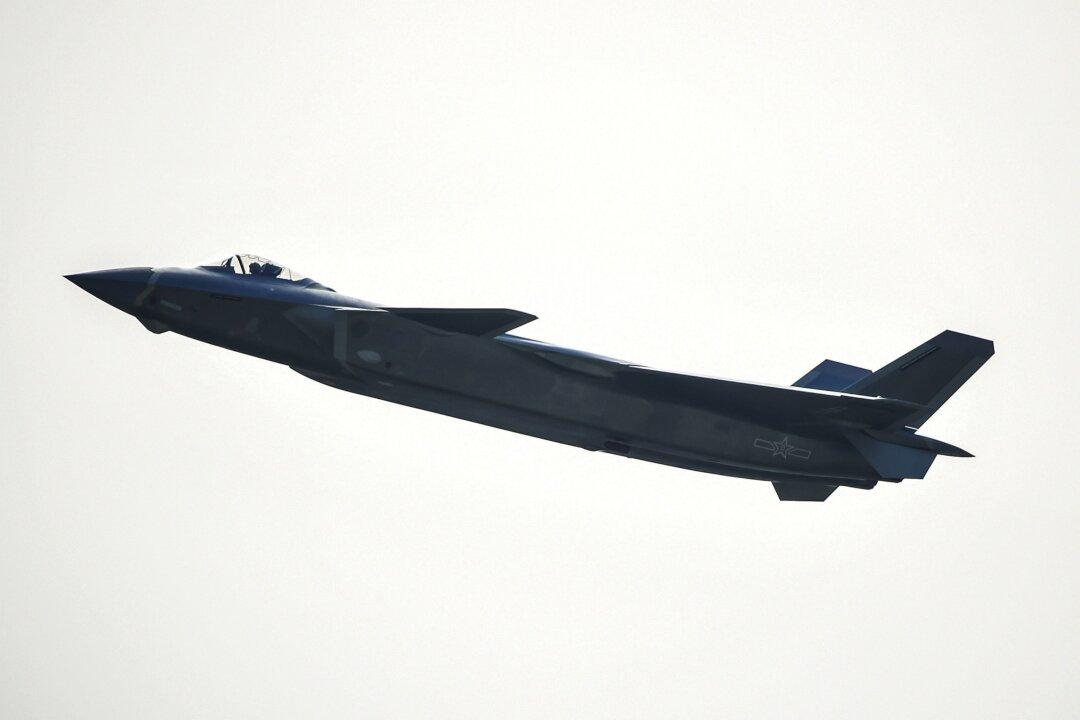President Donald Trump’s blocking of a Chinese bid to purchase an American chipmaker last year stalled Beijing’s technology grab, but only briefly. Chinese companies have reportedly achieved certain breakthroughs in a semiconductor chip it originally sought from the United States, a component that has extensive military applications, such as in cruise missiles and advanced radars for fighter jets.
In September 2017, Trump blocked the Chinese state-owned Tsinghua Holdings from acquiring Oregon-based Lattice Semiconductor Corp., one of the world’s top manufacturers of certain high-performance semiconductor components. The blocking was made on national security grounds. U.S. regulators have been increasingly alarmed by Beijing’s aggressive moves to grab technology from abroad, which would allow it to gain a critical military edge to the detriment of the United States and its allies.
Among Lattice’s top products is a semiconductor component called a “field-programmable gate array” (FPGA), a microchip that could be freely programmed by the user after it’s already manufactured to use in a variety of applications, hence the name.
Despite Trump’s blocking, Chinese state-owned companies have now reportedly made a breakthrough in producing FPGA prototypes with specifications indicating that they could be closing the gap with Lattice and other top FPGA makers in the world.
A FPGA unit capable of 35-million-gate capacity made by the state-owned China Electronics Technology Group (CETGC) was publicly displayed in May during a technology expo in China, according to the Chinese online tech observer publication “Science and Industry,” which also published an image showing the alleged prototype.
China Electronics Corporation (CEC), another state-owned company, also announced in May that it had successfully developed a 70-million-gate capacity FPGA.
Catching Up, Not Getting Ahead
The alleged Chinese breakthroughs were made possible, according to the same publication, through domestic research and development in China. Instead of buying U.S. companies such as Lattice, Chinese tech giants like Tsinghua Holdings have turned to Taiwan, South Korea, and Japan to recruit talented engineers to work in China, so as to acquire their critical know-how for Chinese projects, the report said.
The report could not be independently verified, and experts said that the use of “gate count” is a subjective one. Western FPGA companies such as Xilinx and Intel are well above the number of 70-million-gate capacity, though they typically do not use gate as a measurement of capacity.




